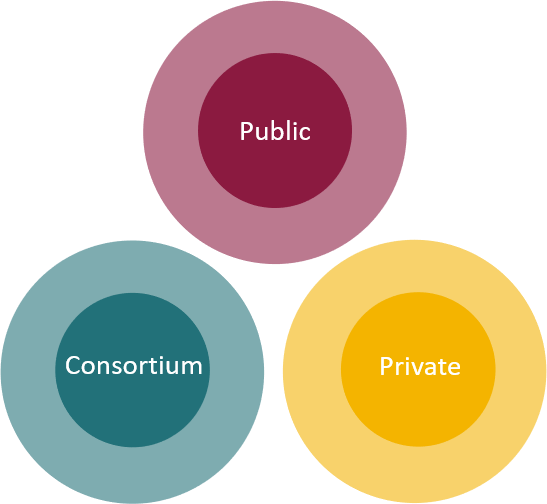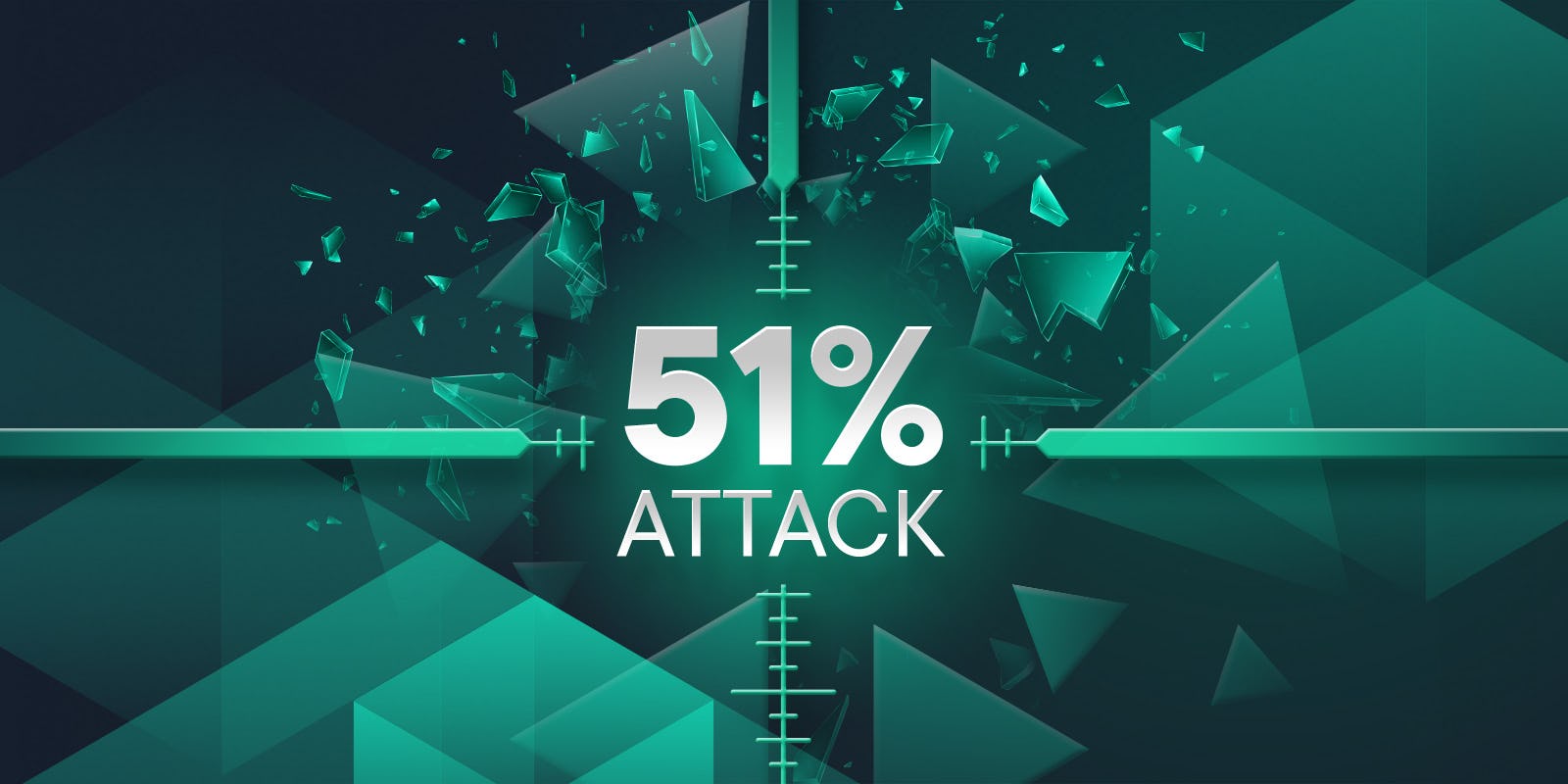Top 12 Interview Questions for Blockchain Developers
This article was published as a part of the Data Science Blogathon.
Introduction
Blockchain is becoming the new trend of our technological era. It is growing rapidly and creating a sensation in the market. Industry experts are putting their heart and core into increasing the graph of blockchain-based products. As a result, the number of opportunities doubles or triples for the developers. So, if you want to ace your blockchain interview, you can refer to this blog. Let’s begin!
Interview Questions

Source: https://www.cyberbahnit.com/blockchain/
Q1: What do you mean by Blockchain technology?
Blockchain technology is a decentralized distributed database of immutable records (called blocks) that can’t be owned by any single entity but rather managed by a cluster of computers. Generally, Blockchain records digital assets or financial transactions in an incorruptible digital ledger(files). This ledger is responsible for holding a permanent record of all the transactions that have taken place in a chronological format.
The blockchain is a software protocol comprised of several pieces like a database, software applications, several connected PCs, etc., and cannot run without the internet. In simple terms, blockchain is a technology used to securely transfer critical items like contracts, property, money, etc., without the interference of any third-party intermediary like a government or bank.
As soon as data is recorded inside a blockchain, it gets difficult to manipulate it, which is why blockchain is called a secure technology.
Q2: What is a block in the blockchain, and how can one recognize that?
A block in a blockchain is nothing but a secured permanent record of a transaction. A blockchain consists of a list of records that are stored in blocks. Block acts as a container to the blockchain and holds the transaction data. As soon as a transaction is added to the block, it cannot be reversed, likewise, when a block is added to the blockchain, it becomes immutable.
To store the transaction records safely, blocks require a few elements like a version of the block, the hash of the previous block, etc., which are stored in the header hash. So, Block header hash and Block height are the fields used to identify a block, and a cryptographic algorithm, namely the Hash function, is used to detect the data inside the block. This hash function takes the entire data of the block and modifies it into a unique string of symbols that are treated as the block’s ID.
Q3: Explain the various types of Blockchains.
There are three types of Blockchain:

Source: edureka.co/blog/interview-questions/blockchain-interview-questions/
1. Public Blockchain
A Public blockchain is a permissionless blockchain that any user on the internet can access. It is an open-source public ledger that can be read, written, and audited by anyone. Examples can be Bitcoin and Ethereum.
2. Private Blockchain
A Private blockchain is a permissioned blockchain which owns by an authorized organization. Users over the internet can see the private ledger but cannot verify it.
An example can be the Blockstack.
3. Consortium Blockchain or Federated Blockchain
A Federated blockchain is a type of blockchain where the consensus process is controlled by a specific node (a group of companies called consortiums).
An example can be the Ripple.
Q4: What are the famous platforms for developing blockchain applications?
Some of the famous blockchain platforms:
1. Ethereum
2. Ripple
3. Qtum
4. Hyperledger Sawtooth
5. Quorum
6. IOTA
7. R3 Corda
Q5: What kind of records can we keep in the Blockchain? Is there any restriction on the type of records?
We can use blockchain to store any type of records like bank statements, Instagram chats, medical reports, pictures, etc. Blockchain does not create any boundaries i.e there are no restrictions on storing the documents in the blockchain. Some examples of the types of documents that can be stored in the blockchain are:
1. Identity management
2. Transaction processing
3. Records of medical transactions
4. Events related to organizations
5. Documentation
Q6: Name some of the famous Cryptocurrencies.
The most famous Cryptocurrencies include:
1. Bitcoin
2. Bitcoin Cash
3. Litecoin
4. Ethereum
5. Ripple
Q7: Why is Blockchain a trusted approach?
Below are some reasons why Blockchain is considered a trusted approach:
1. Blockchain is a highly encrypted, safe, and hacking-proof technology.
2. Blockchain is designed for online transactions, so developers pay high attention to security.
3. Blockchain is an open-source technology that is highly compatible with various business applications.
4. Blockchain can easily be considered despite the type of business/company one owns.
5. Blockchain does not have any additional or central authority to control it.
6. All the transactions in Blockchain are immutable, which means we can’t change any transaction after its successful insertion in Blockchain.
Q8: What do you mean by encryption and its role in blockchain?
Encryption is nothing but a technique that ensures data security for organizations. Any type of data can be encoded in encryption before sending it out of a network and can only be decoded by the receiver having the decrypted key. It makes blockchain technology more stable by enhancing the security and validity of blocks.
In the blockchain, the encryption obscures and secures the data, network, and system to ensure that any unauthorized party cannot gain data access. It prevents data loss or hacking events.
Q9: What do you mean by 51% attack in blockchain?
A 51% attack, also known as a double-spend attack, refers to a miner or group of miners who try to charge more than 50% of the network’s hashing capacity, mining hash rate, or processing power on a blockchain system.

Source: https://swissborg.com/blog/51-percent-attack
These attackers can prevent the new transactions from being verified and terminate the payments between uses. They are also capable of enabling the double-spend coins by reversing transactions that are verified while they are in control of the network.
Q10: Define the term Double Spending. Is it possible to double-spend on Blockchain technology?
Double-spending is nothing but a potential flaw in the digital cash scheme, which occurs when the same digital token, which is made up of digital files that can be cloned easily, is used several times. Blockchain aims to eradicate double-spending by requiring multiple parties to authenticate a transaction before it is written to the ledger(files).
Q11: What factors take care of transaction data safety in blockchain?
Blockchain is nothing but a chain or list of digital records(blocks) of a transaction that are connected before and after. This chain is a barrier to the hackers because to tamper with one record. They must change the entire block consisting of multiple records and the blocks connected to it; otherwise, they will be caught easily. That’s why blockchain is considered a highly secure technology. Multiple factors contribute to the safety of transactional data. Some are:
-
Cryptography:- Blockchain uses cryptography to protect transaction records and secure user identities with the help of a hash function.
-
Key concept:- In the blockchain, public and private keys are used for data encryption or decryption. The private keys act as a personal digital signature to the user.
Q12: Explain the major benefits of Blockchain Technology.
Below are the advantages of Blockchain technology:
-
Enhanced security- The blockchain provides highly advanced security to crucial and sensitive data than various record-keeping systems. To prevent fraud and unauthorized activities, it uses end-to-end data encryption. Instead of storing the information at a single server, it uses multiple networks so that no hacker can access or view the data.
-
Improved traceability- Immediate traceability is allowed by blockchain technology. An audit trail is generated by blockchain, which records the asset’s provenance at every stage of its journey to prevent fraud.
-
Cost-saving- With the help of Blockchain, organizations save a lot of money as it is an affordable technology, and they don’t have to pay an extra sum to third-party vendors.
Conclusion
Blockchain is a very trending technology opening the door to success for Developers in this domain. Many firms, like IBM, Accenture, Capgemini, etc., provide opportunities to blockchain developers. In this blog, we discussed the frequently asked questions in blockchain interviews.
Key insights are:
1. What is blockchain, its types, and what platforms can we use to develop blockchain applications?
2. We have seen what type of records we can store in blockchain.
3. We also discussed why blockchain is a trusted approach and how it keeps transaction data safe.
4. We also discussed a brief about 51% attack and double-spending in the blockchain.
5. Finally, we discussed some of the benefits of this technology.
The media shown in this article is not owned by Analytics Vidhya and is used at the Author’s discretion.








